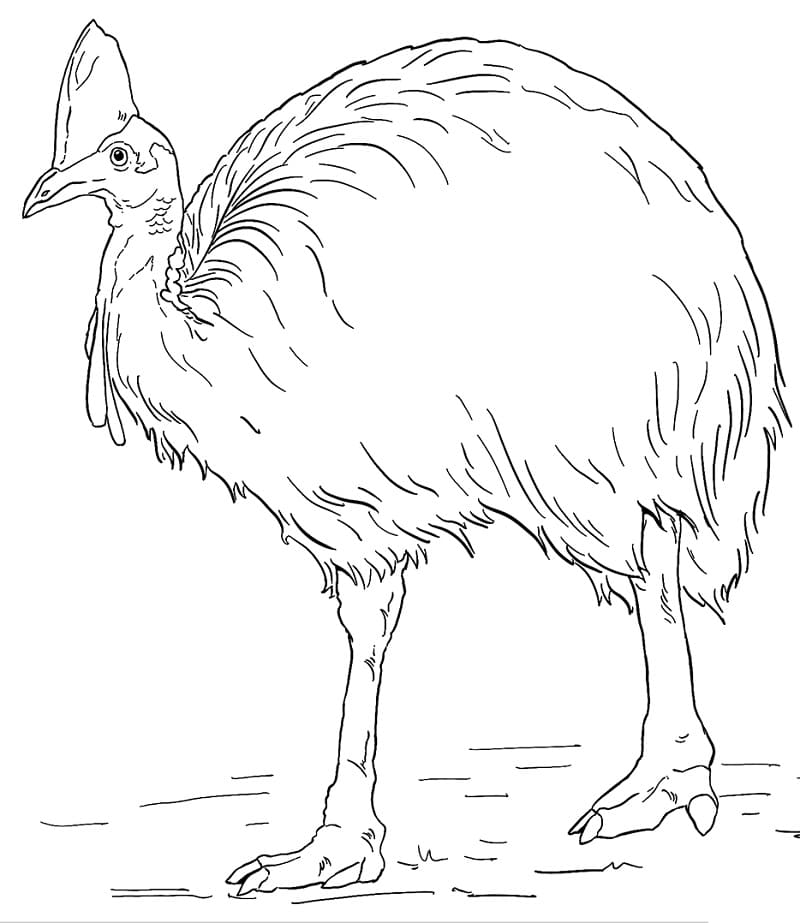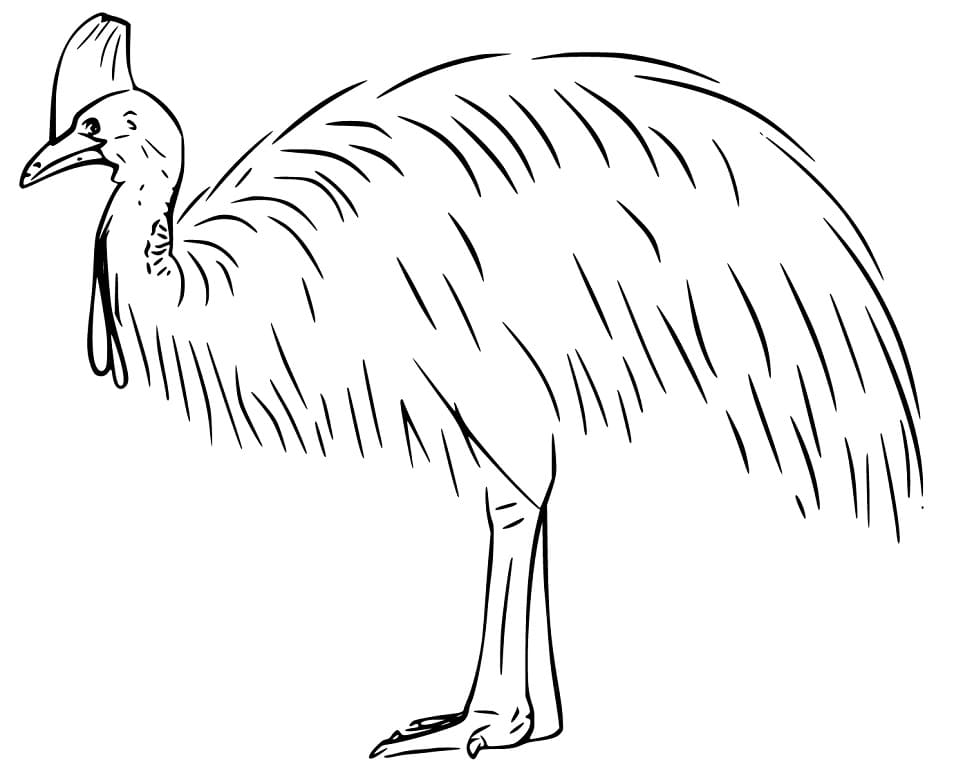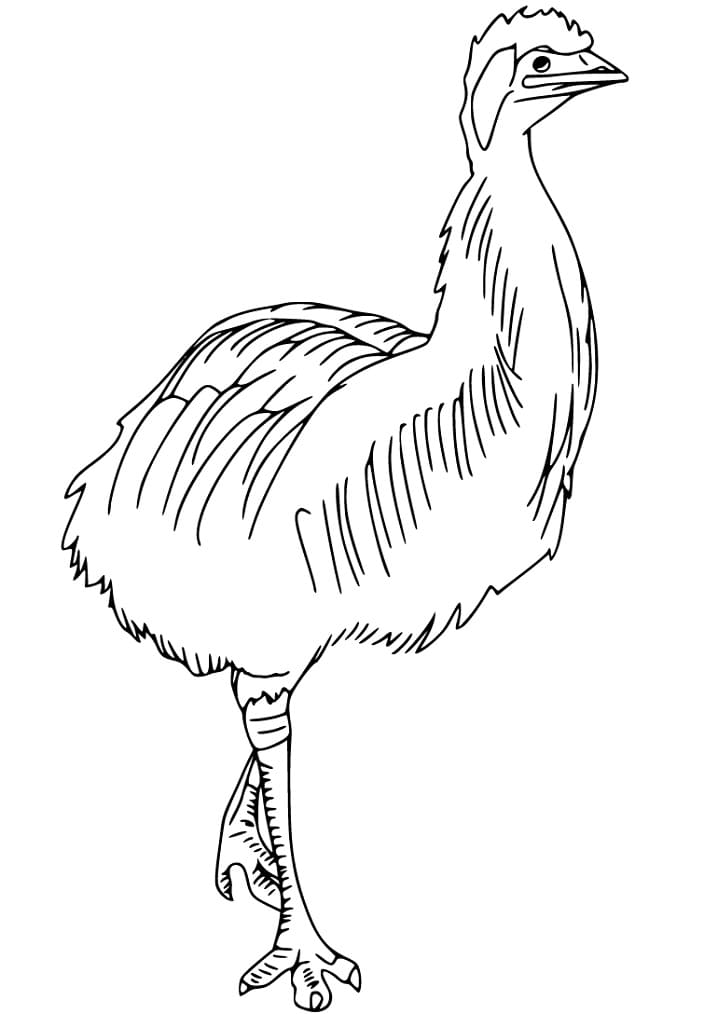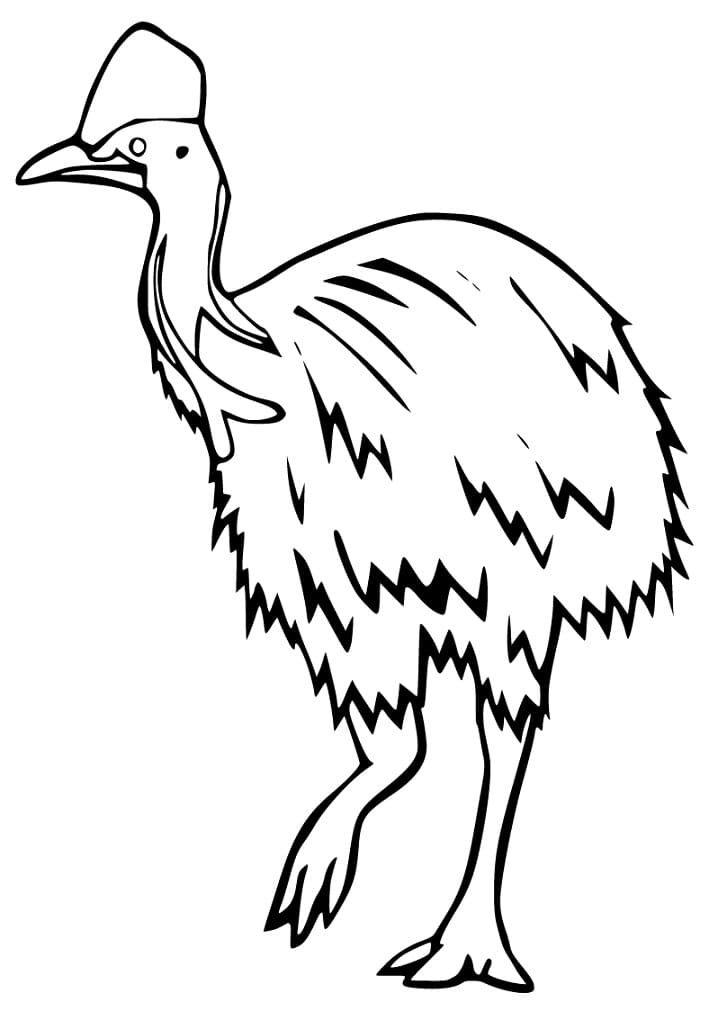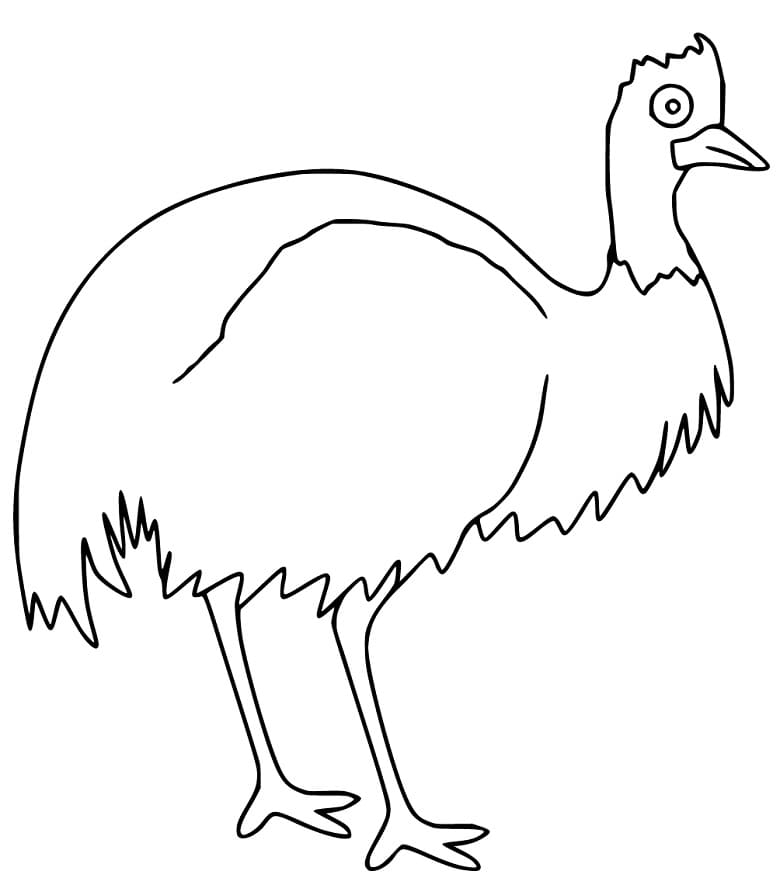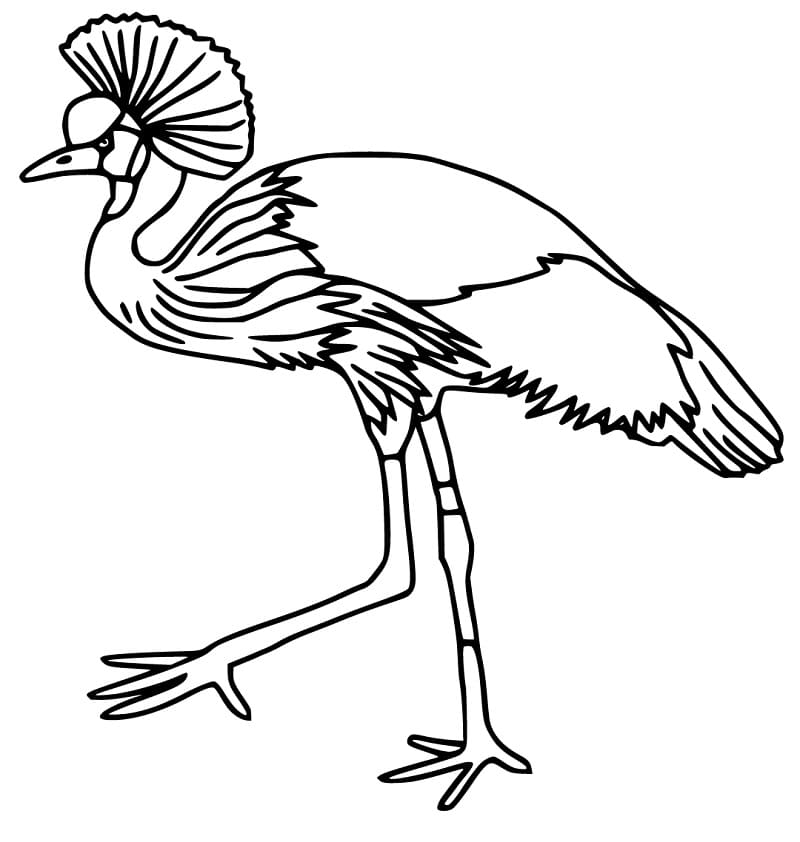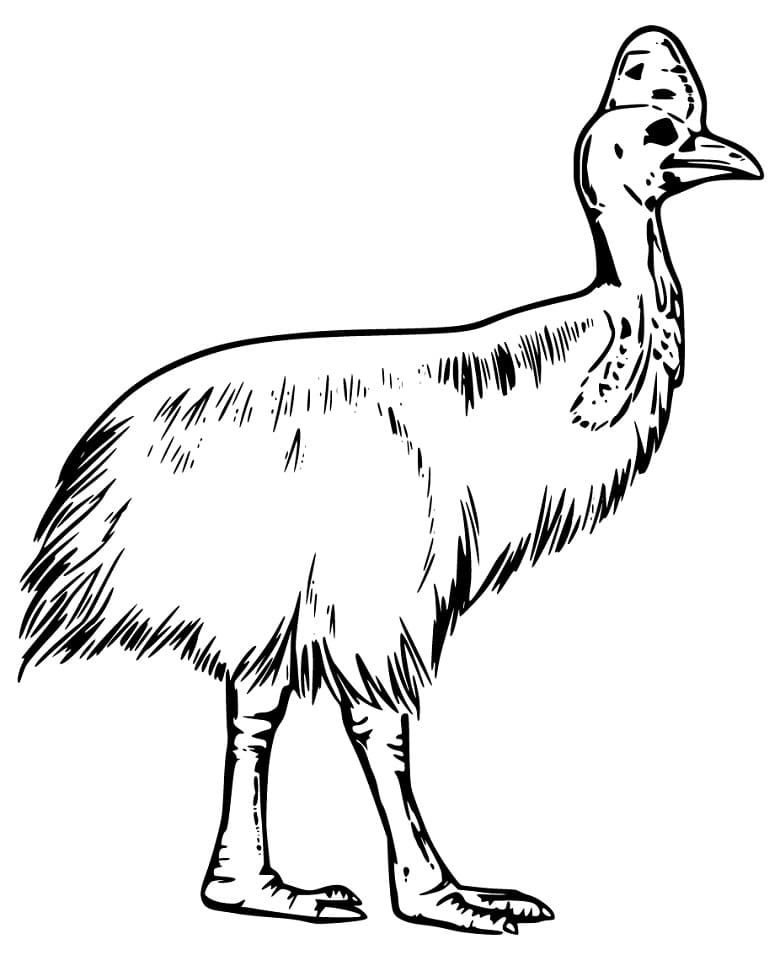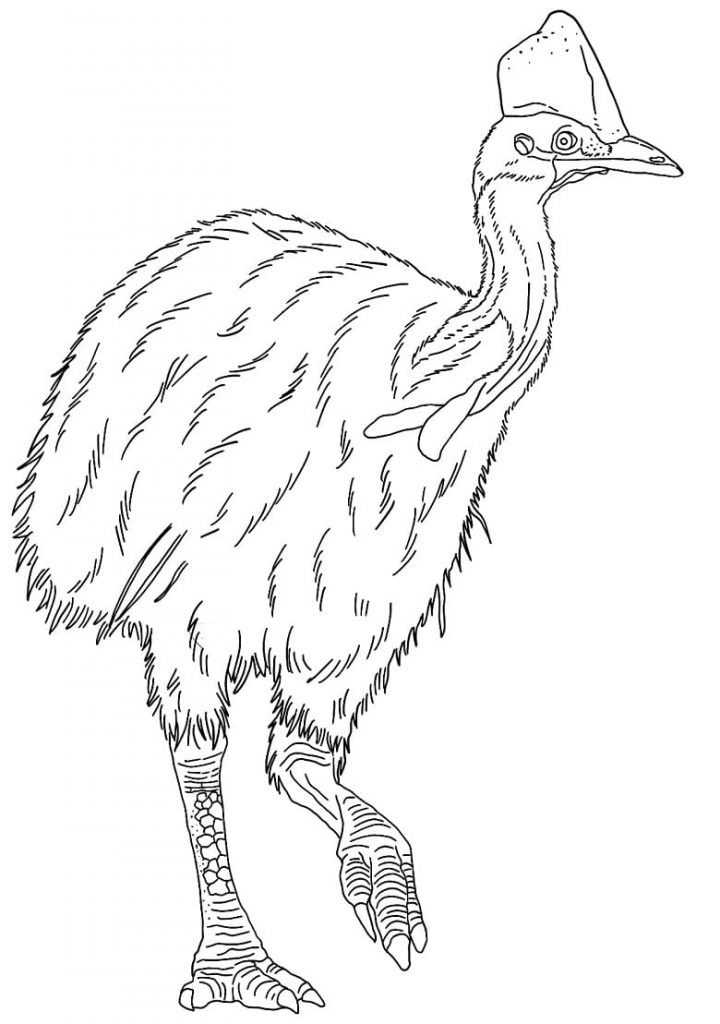The casuar (Casuarius) is a genus of large, flightless birds in the family Casuariidae, inhabiting the tropical forests of New Guinea, northern Australia and several nearby islands. There are three species of casuaries: the helmeted casuar, the one-coral casuar and the two-coral casuar.
Kazuar - interesting facts and information
- Appearance: The kazuar is a very large and sturdy bird, adults can reach up to 2 meters in height and weigh up to 60 kg. A distinctive feature of kazuars is a large, bony appendage on the head, called the helmet. They have long, strong legs with three toes, each equipped with sharp claws. Feather coloration in kazuars is mainly black, and the skin on the head can be various shades of blue and red.
- Diet: Kazuars are omnivores, but their diet consists mainly of fruits. They also eat seeds, mushrooms, insects, small animals and carrion.
- Behavior: Kazuars are loners and are usually quite peaceful, but can become aggressive if they feel threatened. They are territorial animals that defend their territories from other kazuras.
- Reproduction: During the breeding season, the male builds a nest on the ground, in which the female lays 3 to 8 greenish eggs. The male incubates the eggs for about 50 days, during which the female leaves the territory and may lay eggs in other males' nests. After hatching, the male takes care of the young for about 9 months.
- Distribution and habitat: Kazuars live in rainforests, swampy forests, grassy savannas and even at elevations of up to 3,300 meters above sea level. They are found on New Guinea, several nearby islands and in northern Australia.
- Threats: Kazuars are threatened by habitat loss due to deforestation, wildfires and urbanization. They are also threatened by collisions with vehicles and attacks from domestic dogs. Although they are protected by law, they are still hunted for their meat and feathers.
- Trivia: Kazuars are among the heaviest birds in the world and, although they cannot fly, they are excellent swimmers and runners. They are also one of the few birds in which males incubate the eggs and care for the young.

